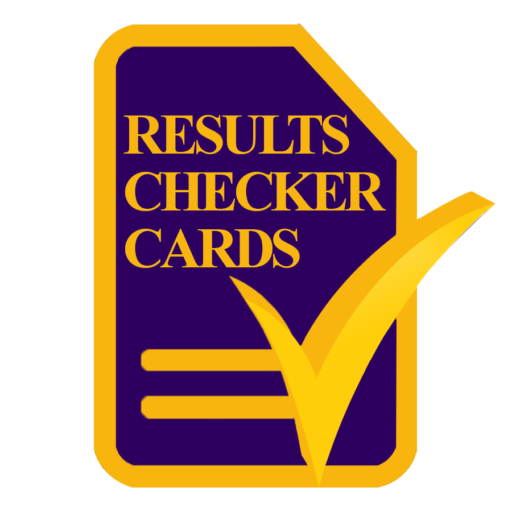Payment gateways perform an important role in processing and authorizing the payments or transactions between merchant and customers. Payment gateway encrypt important information and details of payment such as credit cards number. It is to guarantee that the information is passed securely between customer and merchant.
How does Payment Gateways work?
We will explain how a payment gateway works. Lets make it more simple to understand of how payment gateways work.
Step 1 – A customer will place an order on the website by submitting the order, checkout form the cart or any equivalent button.
Step 2 – Merchant securely transfer order information the payment gateway. Customers will pay with their preferred payment method. The transaction is then routed to the issuing bank or the 3D secure page to request transaction authentication.
Step 3 – After the authentication process is successful, the transaction is then authorized or declined (depending on the funds available in the customers account) by the issuing bank or card (VISA, MASTERCARD, MAESTRO, RUPAY, AMERICAN EXPRESS).
Step 4 – Payment gateway sends a message to the merchant accordingly.
Step 5 – The bank settles the payment with payment gateway and then the payment gateway settles the money to the merchant.
When using payment gateway, there are 3 important things they do when customer wants to make purchase from merchant’s website. It is either by credit card, debit card, online netbanking or cash. The 3 important things are included authorization, settlement and reporting.
Some Payment Gateways have developed Inteperobilty Settlements for African countries using Mobile Money payments.
Payment gateway providers also provide merchants with other benefits such as a virtual terminal that can help receiving payment in physical outlets through the same methods of payment.
Payment Gateways – Types
There are a number of payment gateways that are providing services to different businesses. Onre of the leading payment gateway is Stripe. It is globally present and has all the basic pre-requisites an ideal payment gateway needs. It is secure with PCI-DSS and has 128 SSL encryption.
One very common thing about vaious types of payment gateways is that they are country specific in terms of operations. Some payment gateways work only in specified countries. It is important that you take note of the most secure and readily available payment gateway in your country.
What are the types of payment gateway system?
There are 4 types of payment gateway:
- Hosted payment gateway
- Self-hosted payment gateway
- API hosted payment gateway
- Local bank integration gateway
Read more about “Types of Payment Gateways – The top 4“.
Choosing a Secure Payment Gateway
You should first have a clear understanding of what separates a good payment gateway from a bad one. From many perspectives, the following are some essential characteristics of an excellent payment solution:
1. Security
Users’ payment details must be stored as secure as necessary. Setting the breach chance to near-zero level is a must. Otherwise, the merchant will lose its customers’ trust in one moment. A PCI-DSS Compliance suffices for this purpose. No matter your project is a play or real, do your best to make it as secure as it is possible.
2. Fast processing
The processing time of payments is a critical feature for a wide range of businesses. Slow processing leads to high abandon rates among users. For your project, which highly likely will be rather simple, the processing speed won’t be a challenge.
3. Low fees
Today’s businesses generally have low margins due to high competitiveness. The lowest possible fee level is a total must, while the highest costs mean great dissatisfaction from users. As you can see, this point doesn’t matter in your case.
4. Proper documentation and friendly support
The biggest complaints from the developers here are the poor documentation and the inadequate assistance. These two problems lengthen the integration process, increase its cost, and frequently degrade its quality. Also, you should consider documentation as a developer whether or not it will result in a practical business solution.
5. Fewer bugs
The more bugs a specific payment system has, the more issues your customers will face. Moreover, bugs in the payments sometimes cause massive financial losses. Believe me, there are hordes of different payment systems globally, which are crowded with bugs. Please do not create another one!
6. Resistance to chargebacks
If the chargebacks become a regular thing, the business will face heavy losses. It’s right for declined transactions too. This part may be quite hard for you to implement as it requires real experience, understanding of patterns of users’ behavior, as well as historical data on how chargebacks occurred.
7. Mobile-friendliness
Mobile payments are trendy across the globe. If your payment solution is incompatible with mobile devices, in most cases, your customers will ignore your tool. As you are focusing on web development only, it’ll be quite hard for you to make something more than just an adaptive web version.
8. Stable sandbox
Do not force your customers to test the solution using real payments. It may lead to losses and massive dissatisfaction. At the same time, it may be rather hard for you alone to arrange functional, integration, performance, and security tests.
9. Compatibility over time
Software programs occasionally get updates and new features. Even though some of the libraries it uses have undergone major change, the payment system should continue to operate following these modifications. Of course, without a development team, and taking a few days off for maintenance.
Conclusion
By using a payment gateway, it puts the control of business payment acceptance into your hands hence raising the power to grow right through your fingertips. At checkercards.com we secure payments of customers using payment gateways. However, we sometimes adhere to traditionala direct deposits especially upon request and preference of customers.


